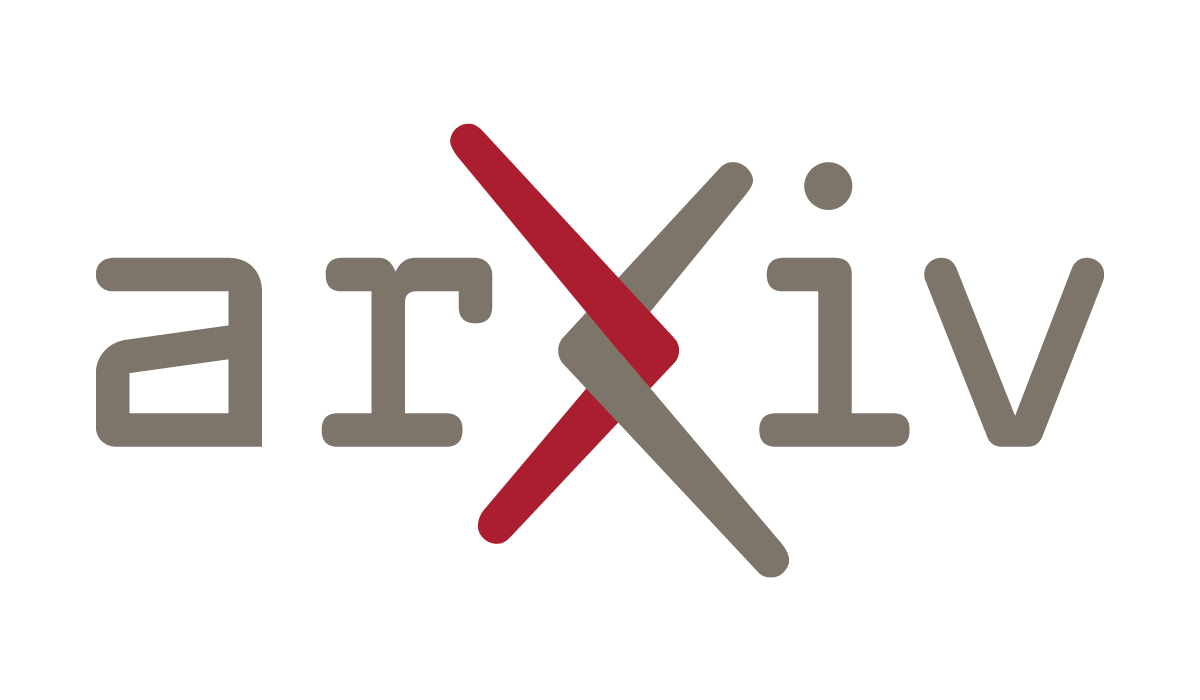Policy-Governed RAG - Research Design Study
arXiv:2510.19877v1 Announce Type: new Abstract: A policy-governed RAG architecture is specified for audit-ready generation in regulated workflows, organized as a triptych: (I) Contracts/Control (SHRDLU-like), which governs output adherence to legal and internal policies; (II) Manifests/Trails (Memex-like), which cryptographically anchors all cited source evidence to ensure verifiable provenance; and (III) Receipts/Verification (Xanadu-like), which provides the final, portable proof of...

